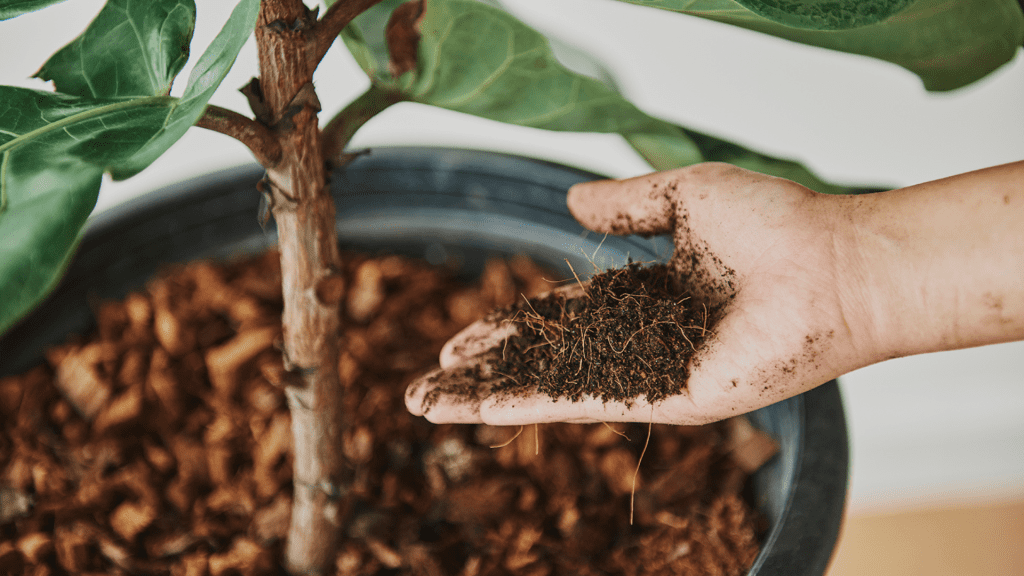Apart from the fundamental elements of carbon, hydrogen, and oxygen acquired from water, air, and sunlight, plants rely heavily on primary nutrients such as nitrogen, phosphorus, potassium, calcium, and magnesium, alongside micronutrients like copper, iron, zinc, and boron, to sustain healthy growth. Although soil serves as the primary reservoir of these essential nutrients, tropical soils often exhibit deficiencies in these elements critical for plant development. Consequently, the application of fertilisers becomes indispensable to augment soil fertility and furnish plants with the requisite nourishment.
Even in the presence of initially fertile garden soil, the progression of plant growth gradually depletes the soil’s nutrient reserves, necessitating the periodic replenishment of fertilisers. Fertilisers not only foster robust plant growth and ameliorate soil fertility concerns but also serve as a proactive measure against prevalent plant diseases and pest infestations. The dichotomy between organic and synthetic fertilisers lies in their nutrient delivery mechanisms. Organic fertilisers, hailing from natural sources such as minerals and decomposed organic matter, release nutrients gradually over an extended period, thereby fortifying soil structure and fostering the proliferation of beneficial soil microorganisms.
Conversely, synthetic fertilisers, derived from minerals or chemically synthesised compounds, boast water solubility, facilitating rapid nutrient absorption by plants and conferring an immediate growth stimulus. However, they offer scant benefits for soil enhancement and may pose risks of foliage burn and plant damage if improperly applied. Prudent fertiliser application entails meticulous adherence to dosage guidelines, ensuring uniform distribution to avert the perils of over-fertilisation, which can have detrimental consequences for plant health. Furthermore, maintaining a harmonious nutrient equilibrium is imperative to forestall nutrient imbalances and uphold the vigour of plants in the long run. Thus, by embracing judicious fertiliser practices, horticulturists can nurture thriving plant ecosystems while preserving soil vitality for generations to come.
𝗙𝗲𝗿𝘁𝗶𝗹𝗶𝘀𝗲𝗿𝘀 ‘𝗗𝗼’𝘀 𝗮𝗻𝗱 𝗗𝗼𝗻’𝘁’𝘀
𝟭. 𝗗𝗢 𝗿𝗲𝗮𝗱 𝗮𝗻𝗱 𝗳𝗼𝗹𝗹𝗼𝘄 𝘁𝗵𝗲 𝗶𝗻𝘀𝘁𝗿𝘂𝗰𝘁𝗶𝗼𝗻𝘀 𝗼𝗻 𝘁𝗵𝗲 𝗽𝗮𝗰𝗸𝗮𝗴𝗶𝗻𝗴
Follow the recommended dosage and frequency of application in the instructions. When in doubt, use less than you think—under-fertilising is easier to fix than over-fertilising!
𝟮. 𝗗𝗢 𝗮𝗽𝗽𝗹𝘆 𝘁𝗿𝗮𝗰𝗲 𝗲𝗹𝗲𝗺𝗲𝗻𝘁𝘀
Trace elements are as important as the primary macronutrients NPK (nitrogen, phosphorus, potassium), but are needed in much lesser quantities. They help in plant processes and in the uptake of primary macronutrients.
𝟯. 𝗗𝗢 𝘄𝗮𝘁𝗲𝗿 𝘄𝗲𝗹𝗹 𝗮𝗳𝘁𝗲𝗿 𝗳𝗲𝗿𝘁𝗶𝗹𝗶𝘇𝗶𝗻𝗴
Water well to distribute the fertiliser evenly to the roots and to prevent reverse osmosis caused by a high concentration of salts, which draws water from the plant.
𝟰. 𝗗𝗢 𝘂𝘀𝗲 𝗹𝗼𝘄𝗲𝗿 𝗱𝗼𝘀𝗮𝗴𝗲 𝗮𝘁 𝗵𝗶𝗴𝗵𝗲𝗿 𝗳𝗿𝗲𝗾𝘂𝗲𝗻𝗰𝘆
To prevent over-fertilising when using chemical (NPK) fertilisers, try using ¼ of the recommended dosage every five days.
𝟱. 𝗗𝗢 𝗡𝗢𝗧 𝘂𝘀𝗲 𝗺𝗼𝗿𝗲 𝘁𝗵𝗮𝗻 𝘁𝗵𝗲 𝗿𝗲𝗰𝗼𝗺𝗺𝗲𝗻𝗱𝗲𝗱 𝗱𝗼𝘀𝗮𝗴𝗲 𝗼𝗳 𝗳𝗲𝗿𝘁𝗶𝗹𝗶𝘇𝗲𝗿
More is NOT always better, and more fertiliser does not always result in more growth. It may cause fertiliser burn, stunted growth, and the death of the plant.
𝟲. 𝗗𝗢 𝗡𝗢𝗧 𝗮𝗽𝗽𝗹𝘆 𝘁𝗼𝗼 𝗺𝘂𝗰𝗵 𝗼𝗳 𝗼𝗻𝗲 𝗻𝘂𝘁𝗿𝗶𝘁𝗶𝗼𝗻𝗮𝗹 𝗲𝗹𝗲𝗺𝗲𝗻𝘁
An imbalance in nutritional elements will cause counteraction and affect the uptake of other elements. Google ‘Mulder’s Chart’ to find out more!


